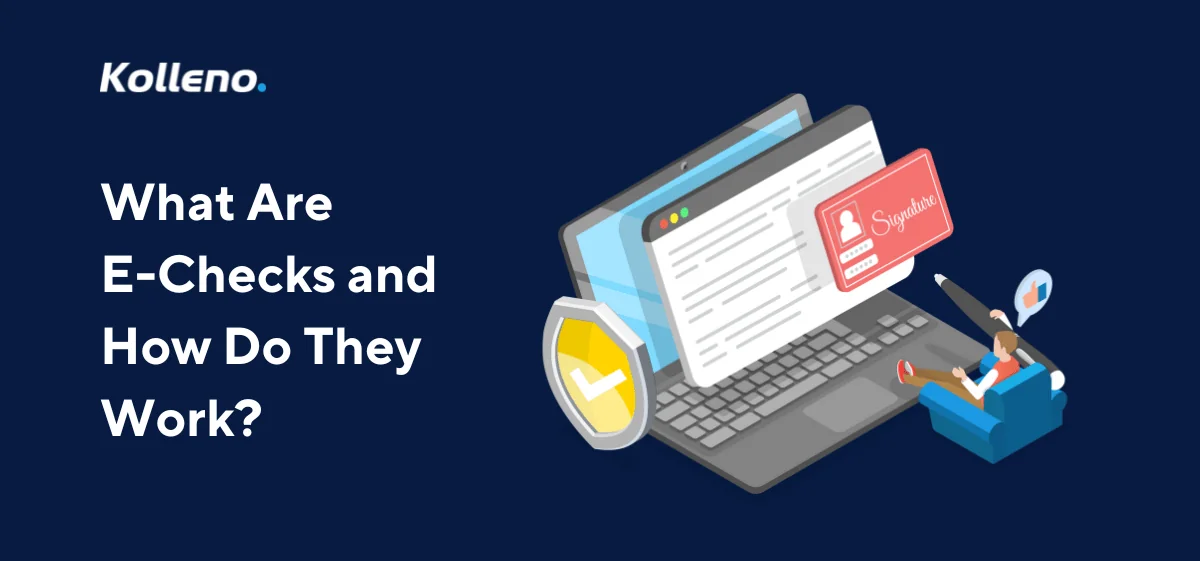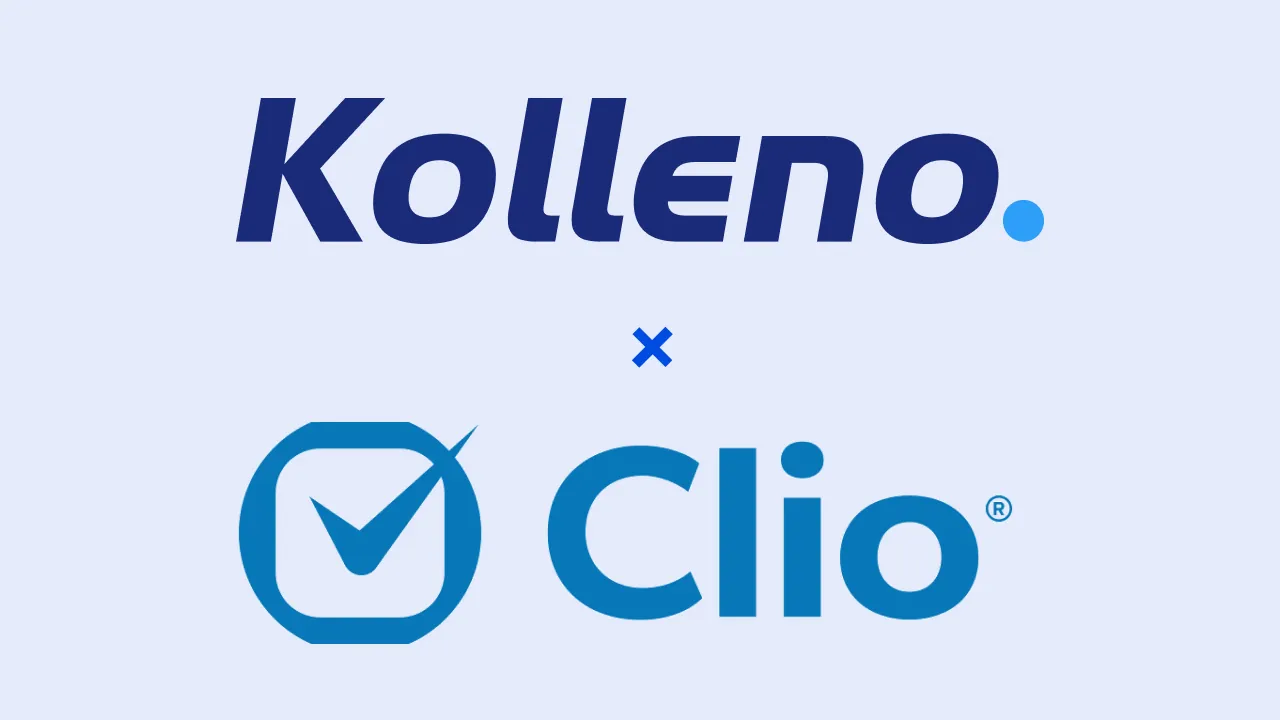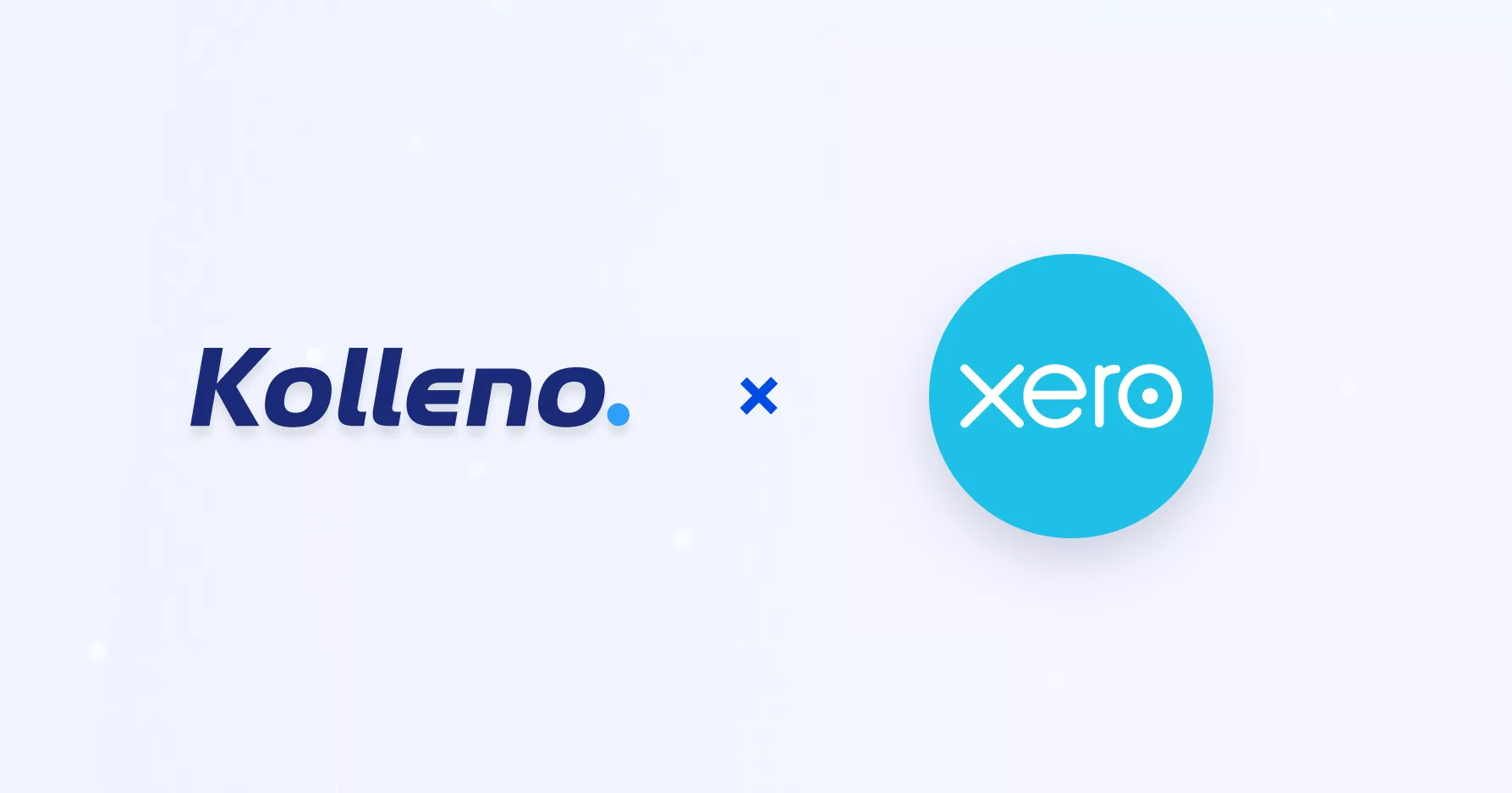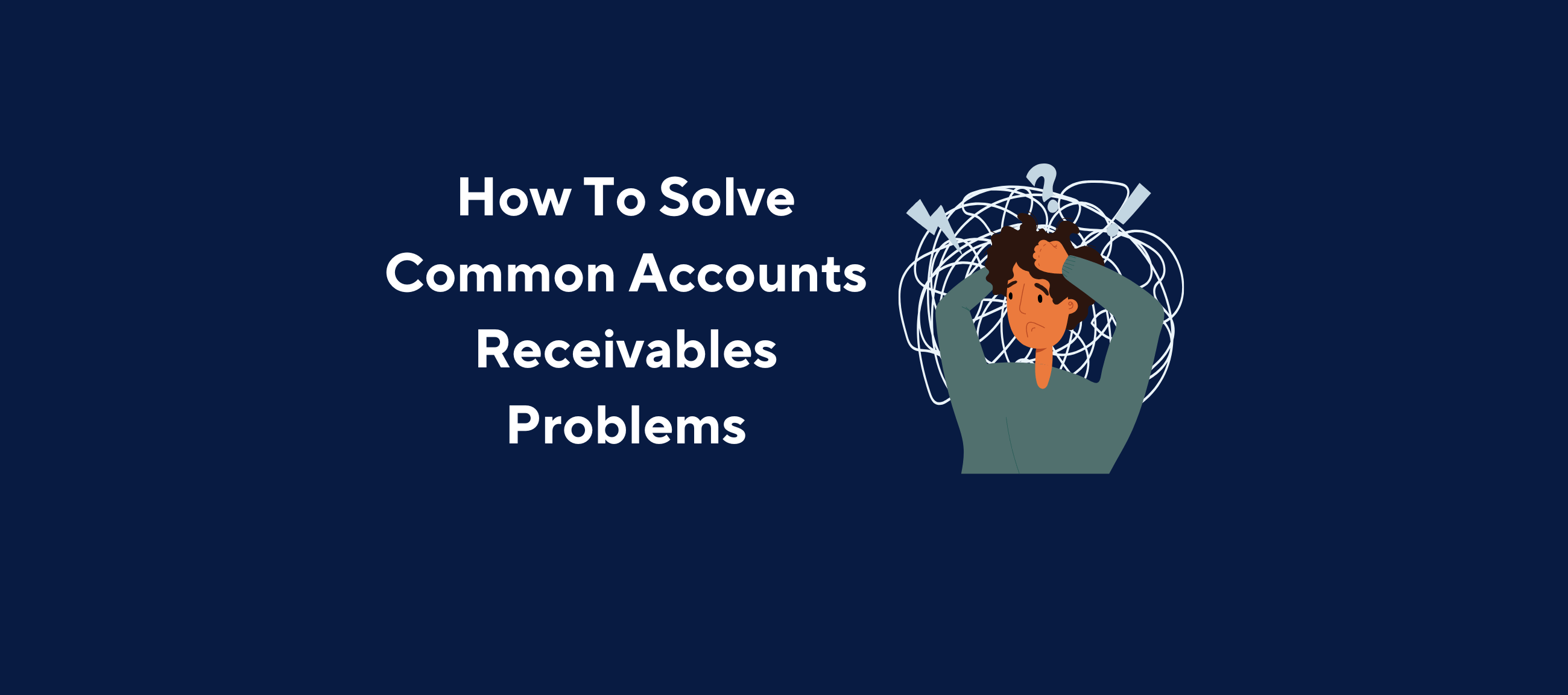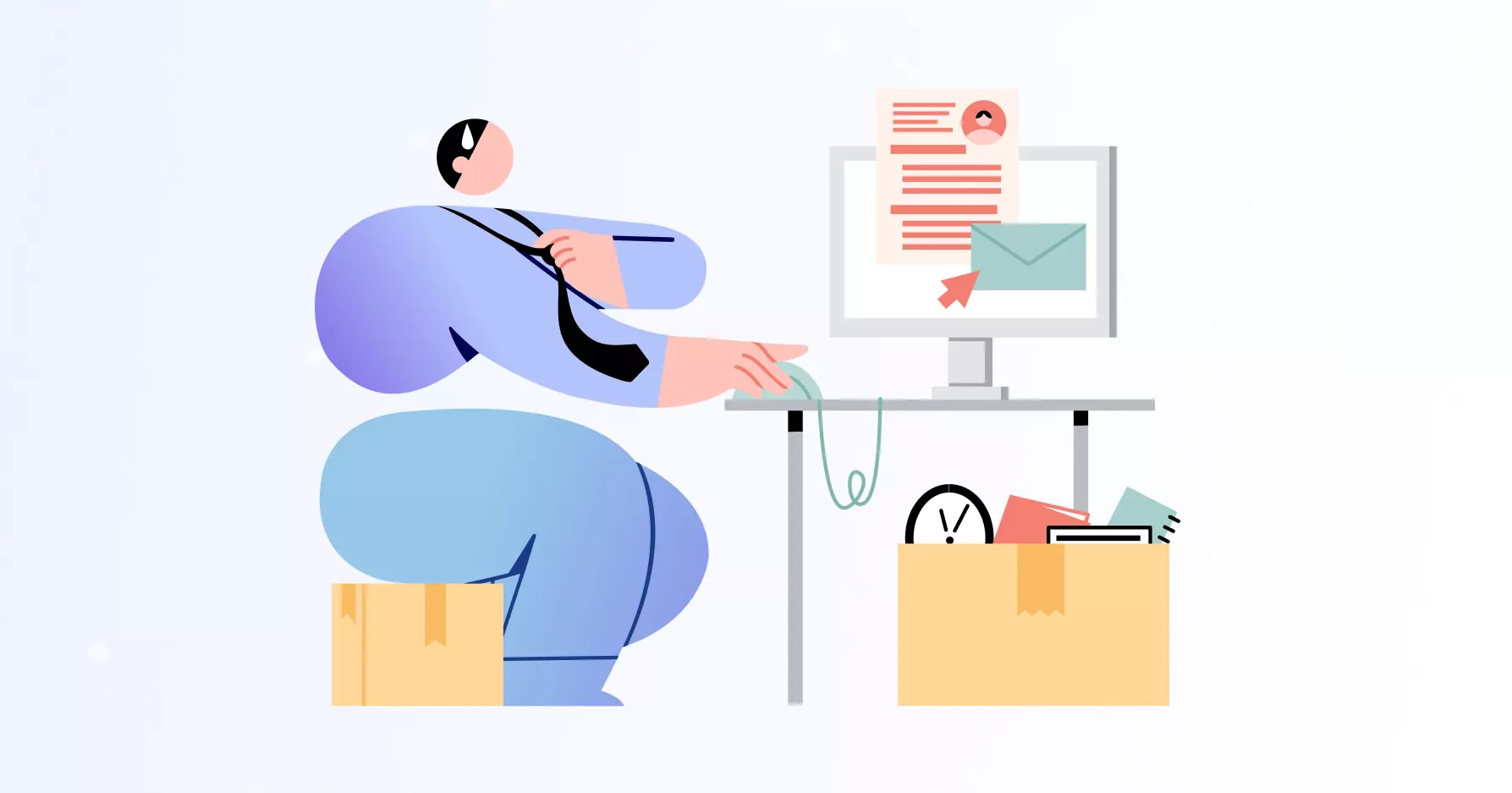Key Points
- E-checks are electronic versions of traditional paper checks
- They use the Automated Clearing House (ACH) network for processing
- E-checks offer lower processing fees compared to credit card payments
- They are suitable for both one-time and recurring payments
- E-checks provide enhanced security features over paper checks
Electronic payments have revolutionized the way businesses and consumers handle transactions. Among these digital payment methods, electronic checks (also known as electronic check payments or e-checks) have emerged as a convenient and cost-effective option. This payment method combines the familiarity of traditional paper checks with the efficiency of electronic processing, offering a reliable solution for various payment needs.
This article delves into the world of e-checks, explaining what they are, how they work, how to accept e-check payments, and why they’ve become an increasingly popular choice for businesses and individuals alike.
We’ll explore the mechanics behind e-check transactions, discuss their benefits, and compare them to other payment methods. Whether you’re a business owner considering accepting e-check payments or a consumer curious about this payment option, this guide will provide you with a comprehensive understanding of e-checks and their role in modern financial transactions.
What is an E-Check?

An e-check, short for electronic check, is a digital version of a traditional paper check.
It serves the same purpose as its paper counterpart but is processed electronically as an ACH payment, making it a faster and more efficient payment method. When a payer initiates an echeck payment, they authorize the transfer of funds from one bank account (theirs) to the payee’s account using electronic means.
Key features of an e-check include:
- Digital authorization: Instead of a physical signature, electronic checks use digital authorization methods.
- Electronic processing: The entire transaction is handled through electronic networks, primarily the Automated Clearing House (ACH) network.
- Bank account-based: Like traditional checks, electronic checks draw funds directly from the payer’s checking account.
- Faster processing: E-checks typically clear faster than paper checks, often within 1-2 business days.
While electronic checks and paper checks share the same fundamental concept, electronic checks offer several advantages in terms of speed, convenience, and security. They eliminate the need for physical handling and manual processing, reducing the risk of checks being lost, stolen, or tampered with during transit.
How E-Checks Work
Understanding the e-check process is crucial for both businesses and consumers. Here’s a step-by-step breakdown of how an e-check transaction typically works:
- Authorization: The payer authorizes the payment by providing their bank account information and approving the transaction. This can be done online, over the phone, or through a signed form.
- Payment Initiation: The payee (or their payment processor) initiates the e-check transaction using the provided bank account information.
- ACH Network Processing: The transaction is sent through the Automated Clearing House (ACH) network. The ACH network is a secure electronic system that coordinates electronic transfers between banks.
- Account Verification: The payer’s bank verifies the account information and checks for sufficient funds.
- Fund Transfer: If the verification is successful, the funds are withdrawn from the payer’s bank account and sent through the ACH network.
- Direct Deposit: The funds are deposited into the payee’s bank account. This process typically takes 1-2 business days.
- Confirmation: Both parties receive confirmation of the completed transaction.
The ACH network plays a crucial role in e-check transactions. It acts as an intermediary between financial institutions, facilitating the secure transfer of funds. The ACH network processes millions of transactions daily, including direct deposits, bill payments, and e-checks.
One key advantage of e-checks is their lower processing fees compared to credit card payments. This makes them particularly attractive for businesses handling large transactions or high volumes of payments. Additionally, the use of bank account information rather than credit card details can provide an extra layer of security for both parties involved in the transaction.
Understanding this process can help businesses optimize their payment systems and allow consumers to make informed decisions about their payment methods. As we continue to explore electronic checks, we’ll delve deeper into their benefits, setup process, and how they compare to other payment methods.
Benefits of Using E-Checks
E-checks offer numerous advantages for both businesses and customers, making them an attractive option in the digital payment landscape. Let’s explore the key benefits of using electronic checks for financial transactions:
Advantages for Businesses
- Lower Processing Fees: There are typically lower processing fees to collect e-check payments compared to credit card payments, making them cost-effective for businesses, especially for high-value transactions.
- Faster Processing: Unlike paper checks, e-checks are processed electronically, reducing clearing times and improving cash flow management.
- Reduced Risk of Fraud: Electronic checks have built-in security features that make them less susceptible to fraud compared to traditional paper checks.
- Convenient for Recurring Payments: Businesses can easily set up automated recurring payments using electronic checks, streamlining bill collection for subscription-based services.
- Expanded Customer Base: By accepting e-check payments, businesses can cater to customers who prefer this payment method or don’t have access to credit cards.
Advantages for Customers
- Familiarity: E-checks function similarly to traditional checks, providing a familiar payment method direct from the customer’s bank account for those comfortable with check writing.
- No Need for a Credit Card: Customers can make payments directly from their bank account without needing a credit card.
- Improved Security: Electronic checks eliminate the risk of lost or stolen paper checks, enhancing payment security.
- Convenience: Customers can authorize payments quickly and easily online or over the phone, without the need to mail physical checks.
- Potential for Larger Transactions: Some payment processors allow higher transaction limits for electronic checks compared to credit cards, benefiting customers making large purchases.
Setting Up E-Check Payments

Implementing e-check payments requires some setup for both businesses and customers. Here’s what each party needs to know:
Requirements for Businesses to Accept E-Check Payments
There are 5 main areas for businesses to note before accepting e-check payments.
1. Payment Processor
Partner with a payment processor or gateway that supports e-check transactions. Many providers offer this service alongside credit card processing.
2. ACH Merchant Account
Set up an ACH merchant account, which is separate from a standard credit card merchant account. This account allows you to accept payments through the ACH network.
3. Business Information
Provide necessary business details, including your federal tax ID number and bank account information.
3. Integration
Integrate e-check payment options into your existing payment systems, whether it’s an online checkout process or in-store point-of-sale system.
4. Compliance
Ensure compliance with ACH rules and regulations, including obtaining proper authorization from customers for e-check payments.
Process for Customers to Make E-Check Payments
Likewise, customers have 5 things to note if they want to send e-check payments.
1. Provide Information
Customers need to provide their bank account number and bank routing number to initiate an e-check payment.
2. Authorization
Customers must authorize the payment, either through an online form, over the phone, or by signing a paper authorization form.
3. Verification
Some systems may require customers to go through a verification process to confirm their bank account details, which can involve micro-deposits or instant account verification.
4. Confirmation
Customers should receive confirmation of the transaction, including the payment amount and expected processing time.
5. Account Management
For recurring payments, customers may need to set up an account with the business or payment processor to manage their payment information and preferences.
By understanding these setup processes, businesses can effectively implement e-check payment options, while customers can confidently use this payment method for their transactions. As e-checks continue to gain popularity, streamlining these setup procedures becomes increasingly important for both parties involved in the transaction.
E-Checks for Recurring Payments
E-checks are particularly well-suited for recurring payments, offering benefits to both businesses and customers. This feature makes them an excellent choice for subscription-based services, regular bill payments, and other periodic transactions.
How E-Checks Facilitate Automatic Recurring Payments
The customer provides their bank account information and authorizes recurring payments. This typically involves agreeing to terms that allow the business to withdraw funds at specified intervals.
Once set up, the payment processor automatically initiates the e-check transaction at the agreed-upon time (e.g., monthly, quarterly). The system ensures that payments are made regularly without requiring further action from the customer or business.
Customers can usually modify or cancel their recurring payments through an online portal or by contacting the business directly.
Benefits of Using E-Checks for Subscription-Based Services
Businesses benefit from a more stable and predictable cash flow, as payments are automatically processed on schedule. What’s more, automated recurring payments minimize the need for manual invoice generation and payment collection.
Businesses also benefit from lower transaction costs. The reduced processing fees associated with e-checks become even more beneficial for recurring transactions. In turn, the convenience of automated payments can enhance customer satisfaction and loyalty.
Most importantly, automatic processing reduces the likelihood of late or missed payments, benefiting both the business and the customer.
Security and Risk Management
While e-checks offer numerous advantages, it’s crucial to understand the security measures in place and how to manage potential risks associated with this payment method.
Security Measures in E-Check Transactions
- Encryption: E-check transactions typically use high-level encryption to protect sensitive bank account information during transmission.
- Authentication: Advanced authentication methods, such as multi-factor authentication, help verify the identity of the person initiating the transaction.
- ACH Network Security: The ACH network, which processes e-checks, has robust security protocols in place to protect against fraud and unauthorized access.
- Tokenization: Some systems use tokenization to replace sensitive bank account details with unique identifiers, adding an extra layer of security.
- Compliance Standards: E-check processors must adhere to strict industry standards and regulations, including PCI DSS compliance for handling financial data.
Dealing with Potential Issues
- Insufficient Funds: If a customer’s account lacks sufficient funds, the e-check may be rejected. Businesses should have policies in place to handle such situations, including potential retry attempts or alternative payment methods.
- Unauthorized Transactions: In cases of suspected unauthorized transactions, both businesses and customers should have clear procedures for reporting and resolving issues.
- Duplicate Transactions: Systems should be in place to prevent and detect duplicate e-check transactions, ensuring customers aren’t charged multiple times for a single purchase.
- Reversals and Chargebacks: While less common than with credit cards, e-check reversals can occur. Businesses should understand the process and timeframes for potential reversals.
- Data Security: Regular audits and updates of security systems are crucial to protect against evolving cyber threats and maintain the integrity of e-check transactions.
By implementing robust security measures and having clear procedures for handling potential issues, businesses can minimize risks associated with e-check payments. This not only protects the business but also builds trust with customers, encouraging wider adoption of this efficient payment method.
E-Checks vs. Other Payment Methods
To fully understand the value of e-checks, it’s helpful to compare them with other common payment methods. This comparison will highlight the unique advantages and potential drawbacks of electronic checks in different scenarios.
Comparison with Credit Card Payments
When comparing e-checks to credit card payments, several key differences emerge. Electronic checks typically offer lower processing fees, making them more cost-effective for businesses, particularly for larger transactions.
However, credit card transactions have the advantage of being instantaneous, while electronic checks may take one to two business days to clear. Credit cards also provide more extensive chargeback processes, which can be a double-edged sword—offering greater protection for consumers but potentially creating challenges for businesses. Electronic checks, on the other hand, have more limited reversal options.
Consumer preferences play a role too, with some customers favoring credit cards for rewards programs or the ability to pay over time, while others appreciate the direct bank account connection that electronic checks provide. For large purchases or B2B transactions, electronic checks often allow for higher transaction limits compared to credit cards, making them a preferred choice in these scenarios.
Comparison with Wire Transfers
When it comes to wire transfers, e-checks present a different set of trade-offs.
Cost is a significant factor, with electronic checks generally being much less expensive than wire transfers, especially for domestic transactions. Processing time varies, with wire transfers potentially being faster for international transactions, but domestic electronic checks often outpacing domestic wire transfers in terms of speed.
E-checks also have an edge in ease of use, particularly for setting up recurring payments. However, wire transfers remain the go-to method for international transactions, while electronic checks are primarily used domestically. Both methods offer secure transactions, but wire transfers may incorporate additional verification steps for high-value transfers, providing an extra layer of security in certain situations.
These comparisons highlight the unique position of electronic checks in the payment landscape, offering a balance of cost-effectiveness, security, and convenience that makes them a valuable option for many types of transactions.
Conclusion
E-checks have emerged as a valuable addition to the modern payment ecosystem, bridging the gap between traditional paper checks and newer digital payment methods. By leveraging the established ACH network and combining it with the convenience of electronic processing, electronic checks offer a unique set of benefits for both businesses and consumers.
As we look to the future, the role of electronic checks in the digital payment landscape is likely to grow. With ongoing technological advancements, and as an increasing number of businesses accept echeck payments, we may see even faster processing times and enhanced integration with other financial systems. Businesses that haven’t yet incorporated electronic checks into their payment options should consider doing so to cater to a wider range of customer preferences and potentially reduce payment processing costs.
Ultimately, while e-checks may not be the ideal solution for every transaction type, they offer a valuable alternative that combines the reliability of traditional banking with the efficiency of digital processing. As consumers and businesses continue to seek diverse, secure, and cost-effective payment methods, electronic checks are well-positioned to play an important role in the evolving world of financial transactions.
Kolleno provides a comprehensive payments platform, allowing your clients to pay in the way that best suits them. Payment options span from direct debit, credit cards, online payments, wire transfers, ACH and beyond. Check more here.

